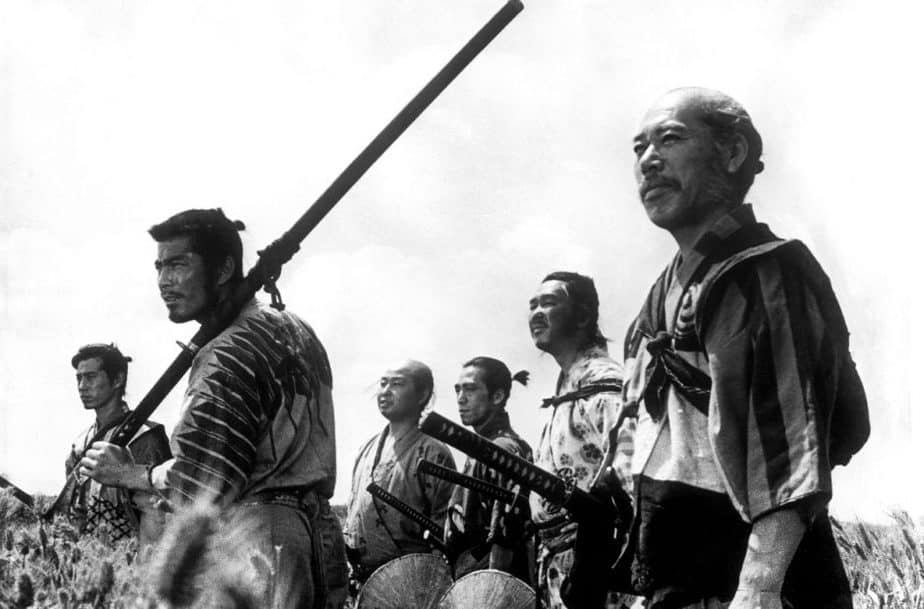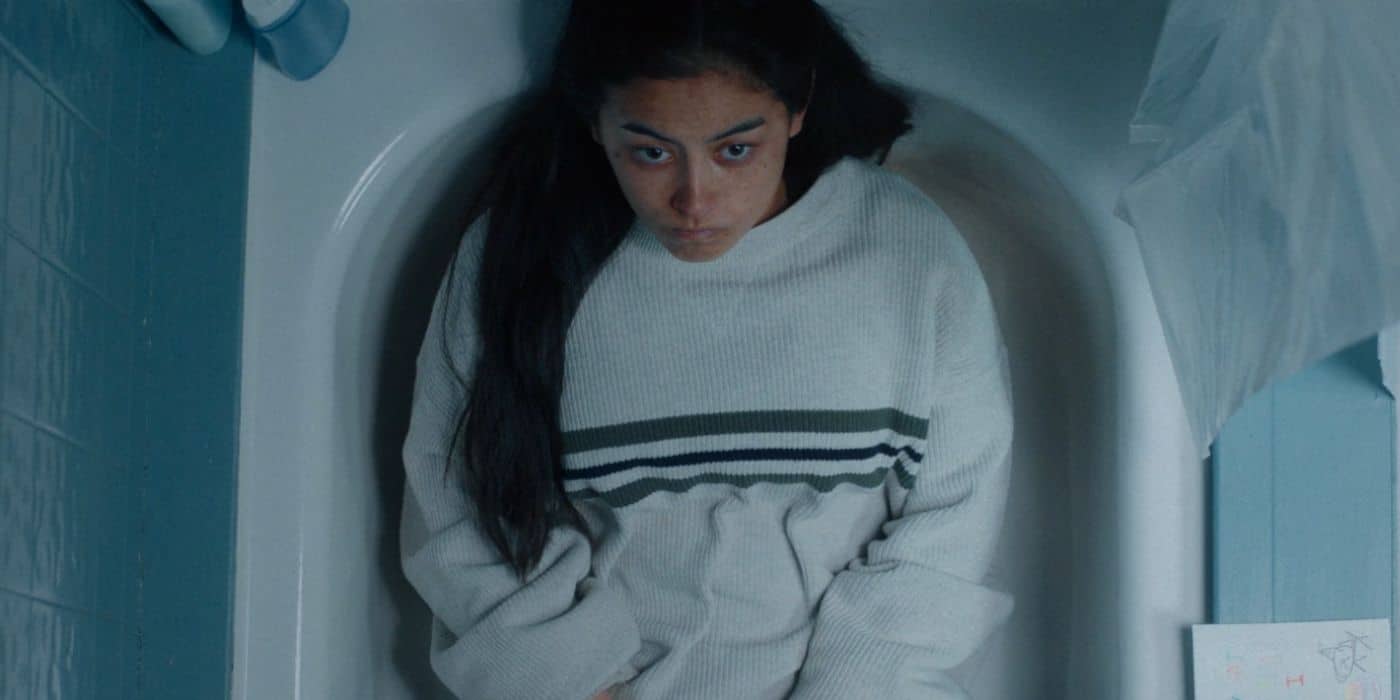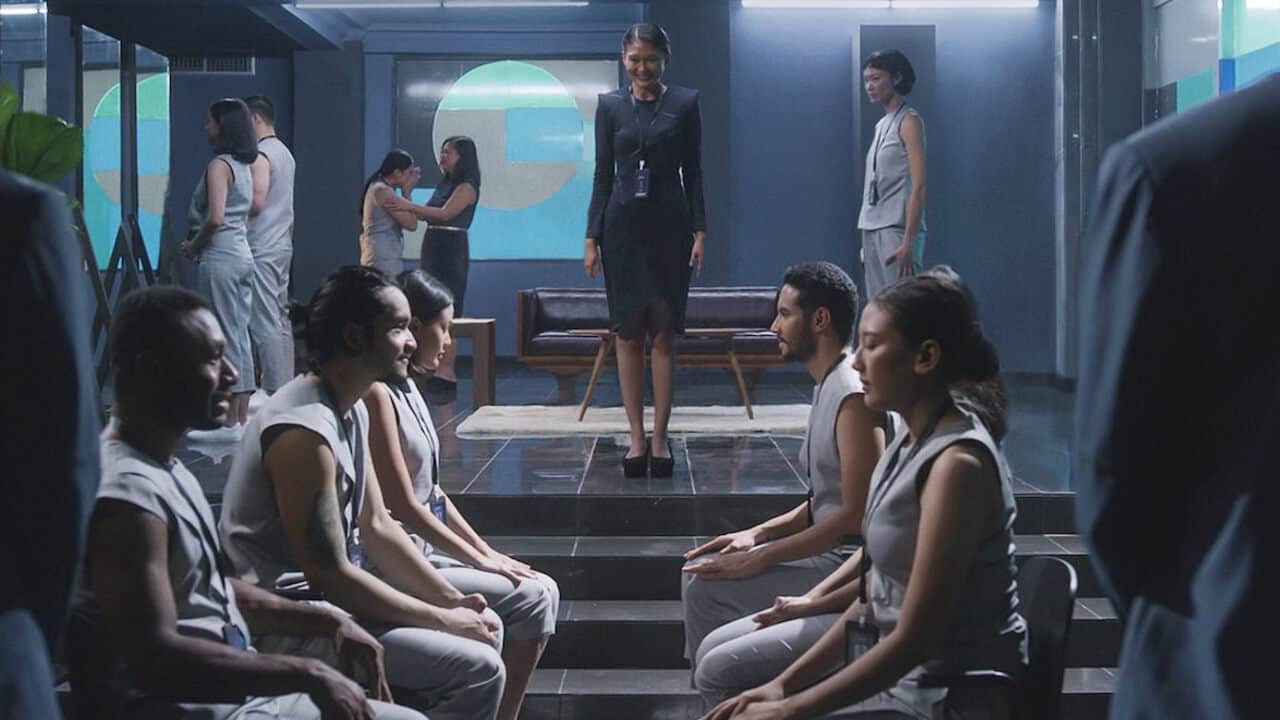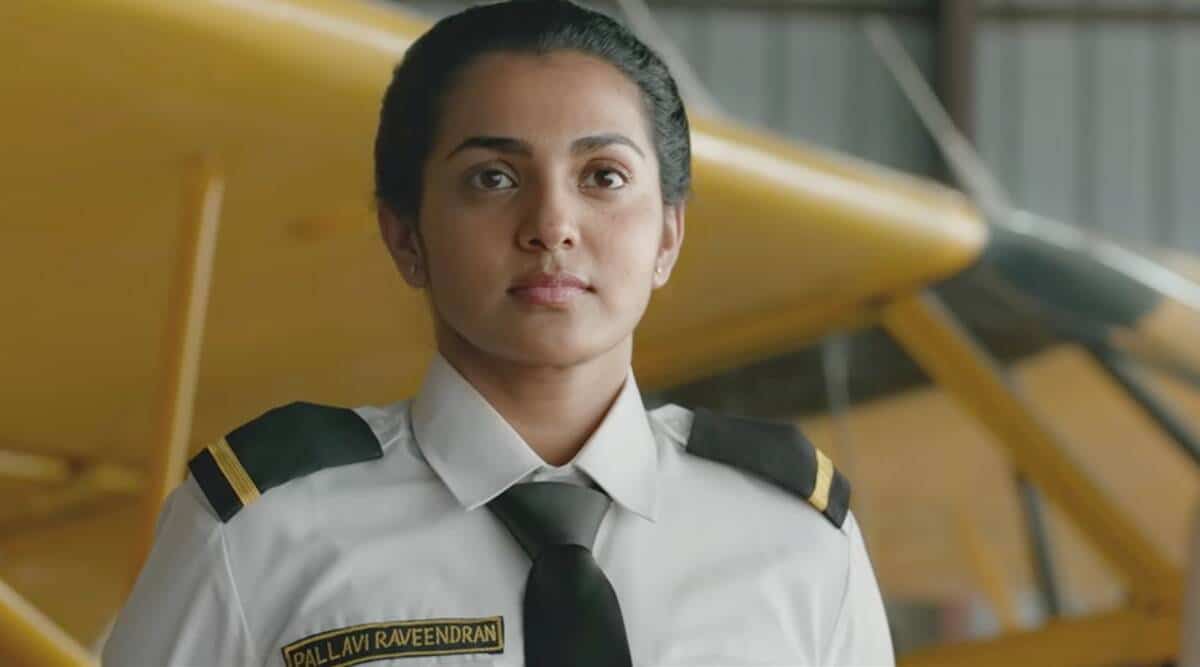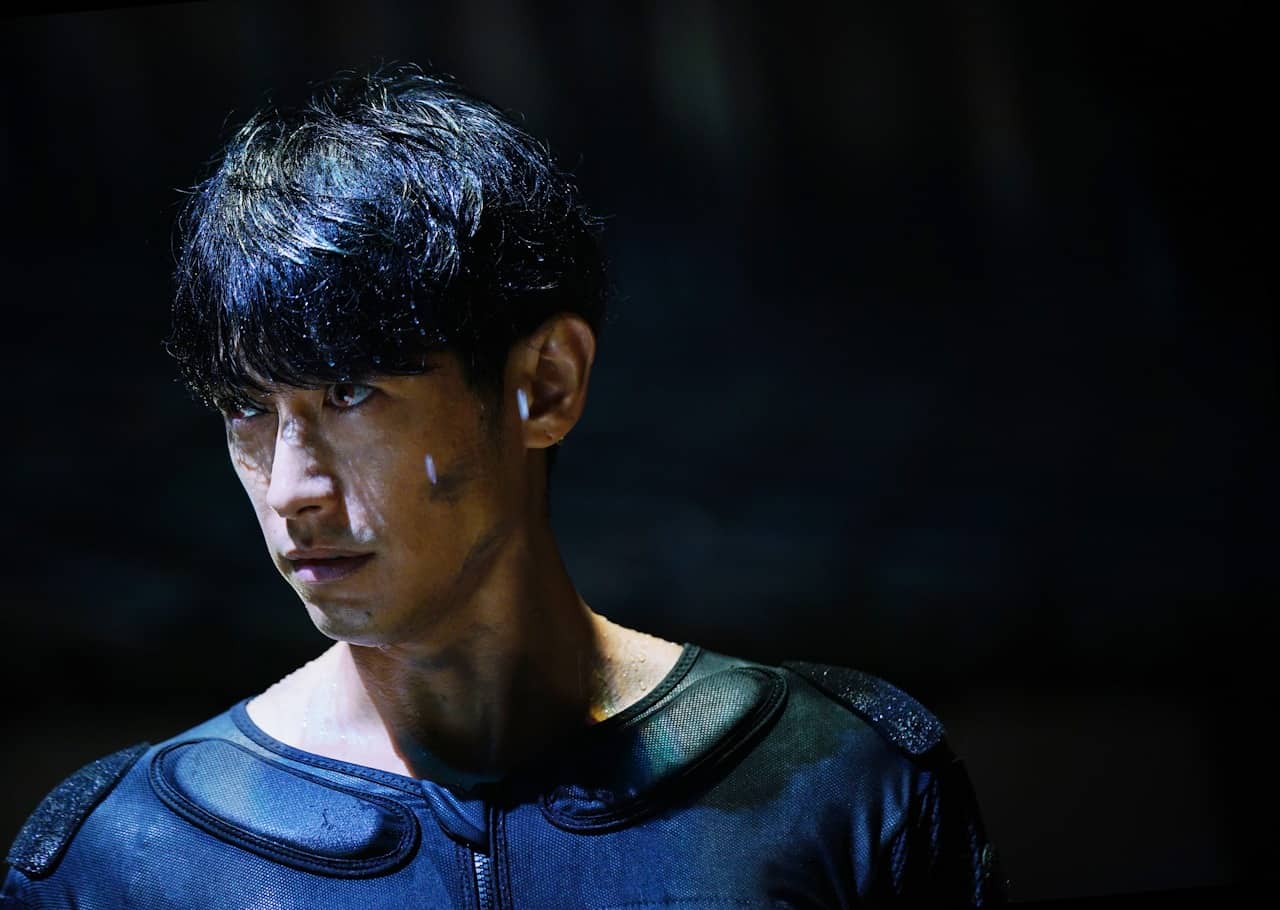Without any formal film school training, Lopez dropped out of college early when he realized that his true calling was in the entertainment industry, behind the curtains particularly in dark editing rooms where he started. He went on to pursue a career in broadcasting in local Philippine TV networks and in the advertising industry as a self-taught video editor. Then, he went on to teach himself visual effects and motion design until finally moving on to visual effects as a VFX supervisor. Eventually, he became an accomplished and award-winning music video director and TV commercial director – sought-after for his attention to detail and technical creative vision as well as his extensive expertise in post-production and visual effects.
His love for genre films, particularly Asian horror and Hong Kong action cinema influenced him so much this ultimately played a major part in his decision to venture and finally pursue his true passion and calling as a filmmaker. Lopez's 1st feature film was the micro-budget indie paranormal/horror film Binhi (The Seed), with a budget of $180,000 USD. The film garnered mix reactions and praises for its technical aesthetics, cinematography as well as editing. Local distributor Viva Entertainment picked up Binhi (The Seed) for theatrical and TV rights for the Philippines.
He is also one of the founders of top commercial post-production house Welovepost, one of Manila's leading post house, a founding partner of indie production company Haunted Tower Pictures, Inc. he is also the founder and director/producer for BlackOps Studios Asia, a production company based out of Manila with offices in Hong Kong and Vietnam that concentrates on Asian genre features. He is also the director of content for agency Psyops8 which he also sits as a founding partner. He now recently created a new content think tank BunkerStudios and serves as it's chief creative officer.
On the occasion of “Maria” premiering at Netflix May 17, we talk with him about female vigilantes, Cristine Reyes, the way he shot the film, Filipino film industry and other topics.

The concept of the female vigilante has been quite successful recently in the Philippines. What do you think is the appeal of the category and why did you decide to shoot a film like that?
I think the biggest draw for me is the fact that action films in the Philippines have been absent for the past few years and to be able to do a new Filipino action film with a strong female lead actually turns the tropes on its head. And seeing a strong resurgence of action films specifically with female leads worldwide, I fell in love with the idea of creating a Filipino character that can go head on with its Asian counterparts. Korea's “Villainess” and “Atomic Blonde” are main influences but even before that there was the original French, “La Femme Nikita”. There's just something sexy and beautiful seeing female heroines fight it out with bad guys and kick their asses.
Cristine Reyes is mostly known for her roles in family dramas and romantic comedies. Why did you choose her for the protagonist role, and how was your cooperation in the film? Did she have trouble adapting to such an action role? In general, how was the casting process for the film?
I met Cristine through Viva Films during the early development stages and when I was looking for my lead to play the role of Maria. Talking to her during our first meeting, I was unsure since I knew that most of her films where romcoms, comedy and sexy roles but after a few minutes just chatting about Maria's character, the film and just about herself, I think both of us just knew we will be working together soon. After that initial meeting, I knew I had my lead. There was something in her eyes, she has this specific look in them, shes has this sense of vulnerability, but you can feel a strong willed women deep down. She was a perfect choice and she was doing Jiu Jitsu as a sport, so i think the fights came out naturally for her. We took a gamble, but I'm happy that we did, Maria's character I think was specifically for her. And she delivered more than we actually expected, I think as a director you get that gut feel about actors when you meet hem and with Cristine I immediately had that.

The sequence in the night club is the most impressive in the film. Can you give us some details about the way you shot it?
The nightclub fight was one of my favorites, I had this idea on my mind going into production that I wanted to do a hand to hand throw-down between Cristine and Jennifer in a club and in a tight space. I ultimately pushed to have the fight inside the women's restroom. For the club, we actually got an old non-operational one so my production designer created the whole set of the club. But I wanted to go into the fight using hand-helds but without the camera shake, so we used a gimbal rig to shoot the whole scene with my DP, Pao Orendain and me agreeing that we have top shots of the fight, so we built that bathroom in a studio, everything was built as a set, so we can move the walls if we need to get a shot I want.
How was your cooperation with Sonny Sison regarding the action choreography and with Pao Orendain regarding the cinematography?
This was my second film with Sonny, we worked together on “Entity” (Nilalang), and my third film with Pao so collaborating with them was easy. With the action sequences, I would normally board the scenes and then talk to Sonny on how I see it on my head. He will then pre-viz the fights and we go from there. For “Maria”, going into production we already planned the fights to the last detail but some of them I wanted to change and fix during filming so it became a preflow of ideas. I also wanted a more fluid fight for the film so we were using gimbals and steadicams most days. I also wanted as much as possible to film complete fight sequences per take, so there was really no way we can use a lot of stunt doubles, so most of the fight almost 80% of it was done by the actors, and it actually made the fights more believable. Pao and me already planned and agreed on the look that we wanted, I wanted to have a sort of noir feel on the whole film. I also like how Pao uses shadows to his advantage and how he is not afraid of pushing darkness as a tool to convey the story. The whole lighting design Pao made really pushed the story forward and it also created characters out of the locations, we had different looks for the locations but I particular like Greg's bar and the cartel house.

Can you give us some details about the locations the film was shot? Any memorable moments during the shooting, good or bad?
We shot mostly in and around Metro Manila, the last fight was in the Port of Manila, and shot 100% at night. That sequence took 6 days to finish. I wanted everything to look like it just rained, I wanted it wet, so we had to wet down the whole set everyday and during every take. We had multiple fire trucks on set plus that last rain fight, we had dozens and dozens of rain towers just to create that fight, and that was probably the hardest to film. Also during the last day, a big storm just hit the Philippines and we were still shooting a couple of scenes, we were doing the sniper scene with Greg and the storm was already so strong, we were shooting on the top floor of a building beside the port with multiple tall scaffolding and the wind was already knocking down some lights and becoming pretty dangerous. Thankfully, we finished just as the storm hit landfall and everyone got home safe, but that was a lucky break for production.
I also found the music in the film quite fitting with the overall aesthetics. Can you elaborate on the music tracks and the way you selected the particular ones?
This is my fourth film with Jessie Lasaten for the score, but for “Maria” I wanted to create a soundtrack just for the film so I got Karl Kliatcko, Bones Frankestein and Alvin Chan together with rock band Mr.Bones and the Boneyard Circus to create the music. I did two music videos for them and creating music specifically for the film was a perfect choice. They got some of the best female rockers in Manila to also lend their voices on the soundtrack. They created the music after seeing the initial edit and collaboration with Jessie to seamlessly mend the music to the film. We also released an 8-track original soundtrack of the film on spotify.
What is your opinion about the Filippino film industry at the moment?
I think the Filipino film community is in an upheaval. A lot of films being done left and right partly because there's a lot of grants from film festivals in the Philippines, but I think as film makers, we need to look beyond the grants, beyond the festivals to be able to create more films, bigger films and help the industry move forward. If we want to really fuel this upheaval we need to create for a much bigger audience outside the Philippines. Don't get me wrong, I'm all for cinema as art, but we need more genre stories to travel beyond just our local audiences. I truly believe that Filipino film makers are some of the best out there, we just need proper budgets and distribution. And there are more avenues now to sell your film, theatrical releases is not the only way to recoup so we need to be bolder and braver on our content which I believe most Filipino film makers are.
Are you working on anything new?
Currently I'm working on an 8-episode sci-fi series, I am producing and show-running this for regional streamer iFlix which will stream in over 20 countries next year. The series starts production towards the end of this year, I'm also producing a couple of films for them this year until next year, included in the iFLix slate deal with Blackops Studios.
I am doing Maria part 2, which starts principal photography August this year. I'm also doing a Korean gangster film towards the end of this year which will be shot in Manila and Seoul.



